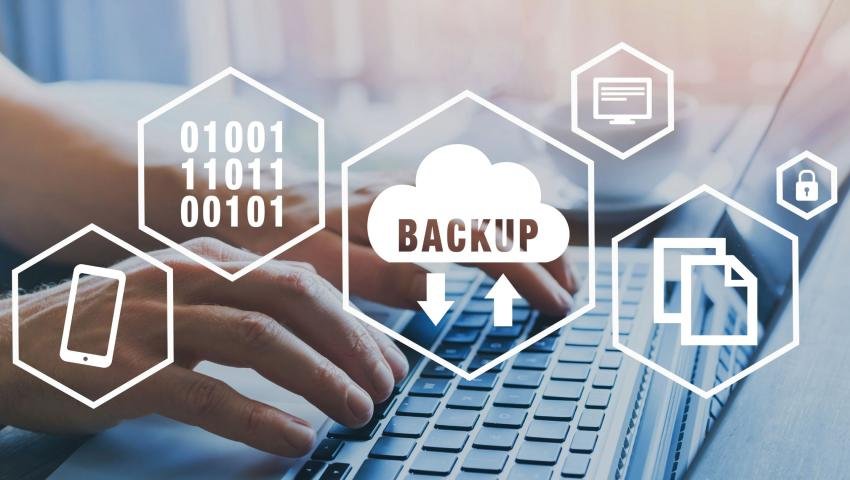
Introduction: When Disaster Strikes, Will You Be Ready?
Disasters don’t wait—and neither should your response plan. Introduction: When Disaster Strikes, Will You Be Ready? sets the stage for understanding the critical importance of disaster recovery and preparedness. Learn what’s at stake, why it matters, and how to start building resilience before it's too late.
Introduction: When Disaster Strikes, Will You Be Ready?
In the world of digital operations, data loss, system failures, and cyberattacks aren’t a matter of if—they’re a matter of when. Businesses, regardless of size, face the constant risk of data disasters. But the true difference lies in how quickly and efficiently you bounce back.
Welcome to your crash course on disaster recovery (DR) — your organization's plan B when everything else goes wrong. This guide will help you transition from crash to comeback, like a true pro.
What Is Disaster Recovery?
A collection of guidelines, resources, and practices known as disaster recovery (DR) are intended to facilitate the restoration or continuation of critical technological systems and infrastructure after a disaster.
It’s not just about backup—it’s about business continuity.
Types of Disasters That Can Strike:
Ransomware and cyberattacks
Natural disasters (floods, fires, earthquakes)
Power outages
Hardware failures
Human error (accidental deletions or misconfigurations)
Why Disaster Recovery Matters More Than Ever
Six months after losing their data, 60% of small businesses close.
Businesses lose $5,600 every minute on average due to downtime (Gartner).
Customer trust can be lost permanently with a single data breach or outage.
So how do professionals master disaster recovery?
The Pro-Level Disaster Recovery Strategy
1. Create a Detailed DR Plan
Your DR plan should answer:
What systems are critical?
Who is responsible for recovery?
How fast must each system recover (RTO)?
How much data loss is acceptable (RPO)?
2. Use the 3-2-1 Backup Rule
3 copies of your data
Two distinct media kinds (for example, local disk + cloud)
1 copy offsite or in the cloud
3. Automate Your Backups
Set it and forget it doesn’t apply here. Use automated backup solutions that:
Encrypt your data
Perform backups regularly
Alert you to failures
4. Test. Test. Test.
Your recovery plan isn't a true plan if you don't test it. Simulate disasters every quarter to ensure your team knows the drill.
5. Go Beyond Backups: Full DRaaS
Disaster Recovery as a Service (DRaaS) offers:
Cloud-based failovers
Instant system restoration
Scalable, cost-efficient DR solutions
Real-World Example
When a midsize e-commerce site was hit with ransomware, their encrypted backups saved them. Within 3 hours, they restored their systems and resumed operations, avoiding an estimated $150,000 in losses.
The reason? They planned, automated, and tested their disaster recovery system—like pros.
Pro Tips for Smooth Recovery
Make sure your DR documentation is readily available and offline.
Assign roles during DR events (DR Manager, Comms Officer, IT Lead)
Review your plan every 6 months
Train your team with mock drills
Choose multi-cloud backup strategies for added resilience
Conclusion: Bounce Back Smarter
Disasters don’t knock before entering. But with a smart, tested, and well-documented disaster recovery plan, your business doesn’t have to suffer.
Whether you’re a startup or a global brand, mastering disaster recovery means being ready to shift from crash to comeback—faster than your competitors.
Want to Stay Protected?
Start building or upgrading your DR plan today. The best time to prepare was yesterday. The second-best time? Right now.
Tooba Wajid
Leave a comment
Your email address will not be published. Required fields are marked *

